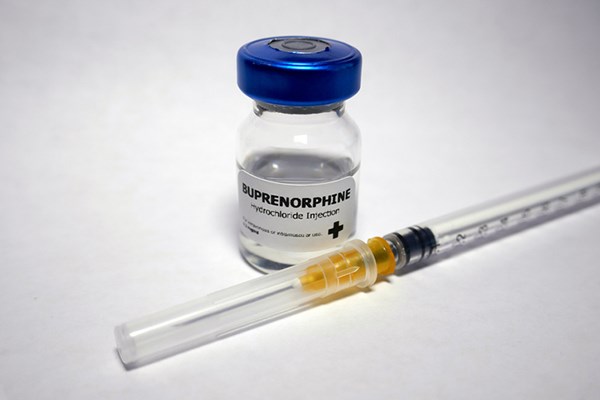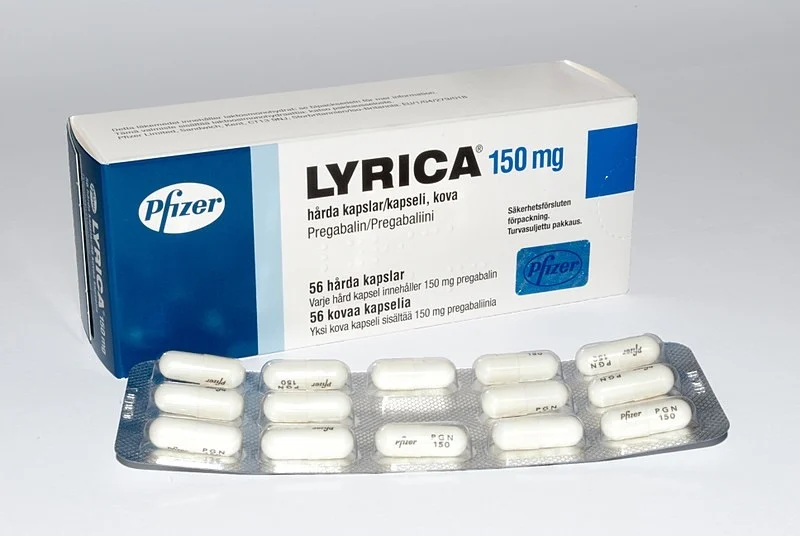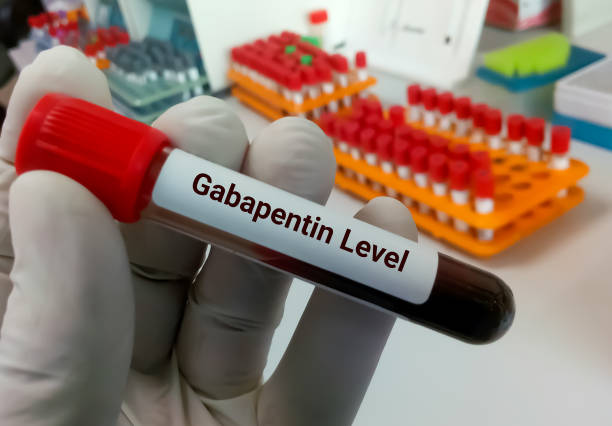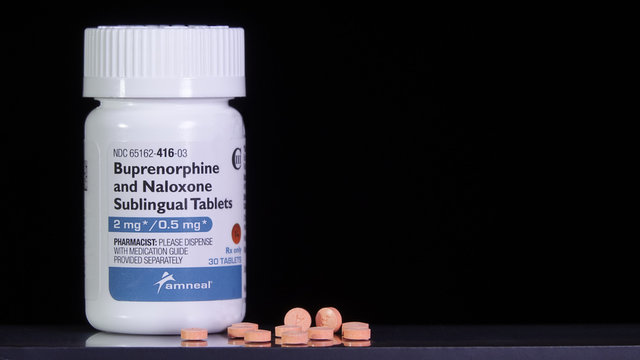Introduction
Curious about what buprenorphine is used for? In this comprehensive guide, we explore the uses, benefits, and considerations of buprenorphine, a medication crucial in the treatment of opioid addiction.
Understanding Buprenorphine
Doctors primarily use it to treat opioid dependence and addiction. It belongs to the class of drugs known as opioid partial agonists, which means it activates opioid receptors in the brain but to a lesser extent compared to full agonists like heroin or oxycodone. This unique property makes it effective in reducing cravings and withdrawal symptoms without producing the same level of euphoria or respiratory depression.
Uses of Buprenorphine
Doctors use it in Medication-Assisted Treatment (MAT) programs to help individuals manage opioid addiction. They prescribe it in various formulations, such as sublingual tablets, sublingual films, and long-acting injections. The medication stabilizes opioid receptors, thereby reducing the urge to use opioids and supporting long-term recovery efforts.
Benefits of Buprenorphine Treatment
One of the primary benefits of buprenorphine treatment is its ability to alleviate withdrawal symptoms and reduce cravings, which significantly improves the likelihood of successful recovery from opioid addiction. It also has a lower risk of overdose compared to full opioid agonists, making it a safer option for individuals undergoing addiction treatment.

Mechanism of Action of Buprenorphine
It works by binding to opioid receptors in the brain, similar to other opioids. However, its partial agonist activity means it produces less of a euphoric effect and has a ceiling effect on respiratory depression, reducing the risk of overdose. This makes buprenorphine an effective and safer alternative for managing opioid dependence.
Considerations and Precautions
While it is effective in treating opioid addiction, it is not without risks. Side effects may include constipation, nausea, and dizziness, especially when starting treatment or adjusting dosage. Like other medications, it should be used under the supervision of a healthcare provider to ensure proper dosing and monitoring for any potential adverse effects.
Buy Buprenorphine from our store
For reliable sources to purchase Buprenorphine and to discuss its usage, visit our store .Explore options for managing nerve pain and seizures safely and effectively.
Conclusion
Understanding the uses and benefits of buprenorphine in treating opioid addiction is essential for individuals seeking recovery. If you or someone you know is struggling with opioid dependence, consulting with a healthcare provider about buprenorphine treatment options can provide the necessary support for a successful recovery journey.
(FAQs) related to Buprenorphine :
Why Do Doctors Prescribe Buprenorphine?
Doctors prescribe it, primarily for the treatment of opioid addiction. As an opioid partial agonist, it helps manage withdrawal symptoms and cravings, making it an essential component of Medication-Assisted Treatment (MAT) programs. Unlike full agonists, it has a ceiling effect on respiratory depression and euphoria, reducing the risk of misuse and overdose.
What Kind of Pain Does it Treat?
In addition to treating opioid addiction, it is sometimes used to manage chronic pain. It is effective in alleviating moderate to severe pain, such as that experienced after surgery or due to conditions like cancer. Buprenorphine’s pain-relieving properties stem from its ability to bind to opioid receptors in the brain and spinal cord.
Side Effects of Buprenorphine
Like any medication, it can cause side effects. Common side effects include constipation, nausea, dizziness, and headache. These effects are usually mild and tend to diminish over time as the body adjusts to the medication. However, more serious side effects such as respiratory depression and allergic reactions are rare but require immediate medical attention if experienced.
Is it the Same as Suboxone?
Buprenorphine and Suboxone are related but not identical. Buprenorphine is the active ingredient in Suboxone, which also contains naloxone, an opioid antagonist. Naloxone is added to deter misuse by injection, as it can precipitate withdrawal symptoms in individuals who misuse Suboxone intravenously. Both medications are used in MAT programs, but Suboxone is often preferred during the initial phases of treatment due to its abuse-deterrent properties.
For any inquiries or assistance regarding about Buprenorphine , reach out to our dedicated WhatsApp support line . Our team is ready to provide personalized support and answer your questions promptly.









